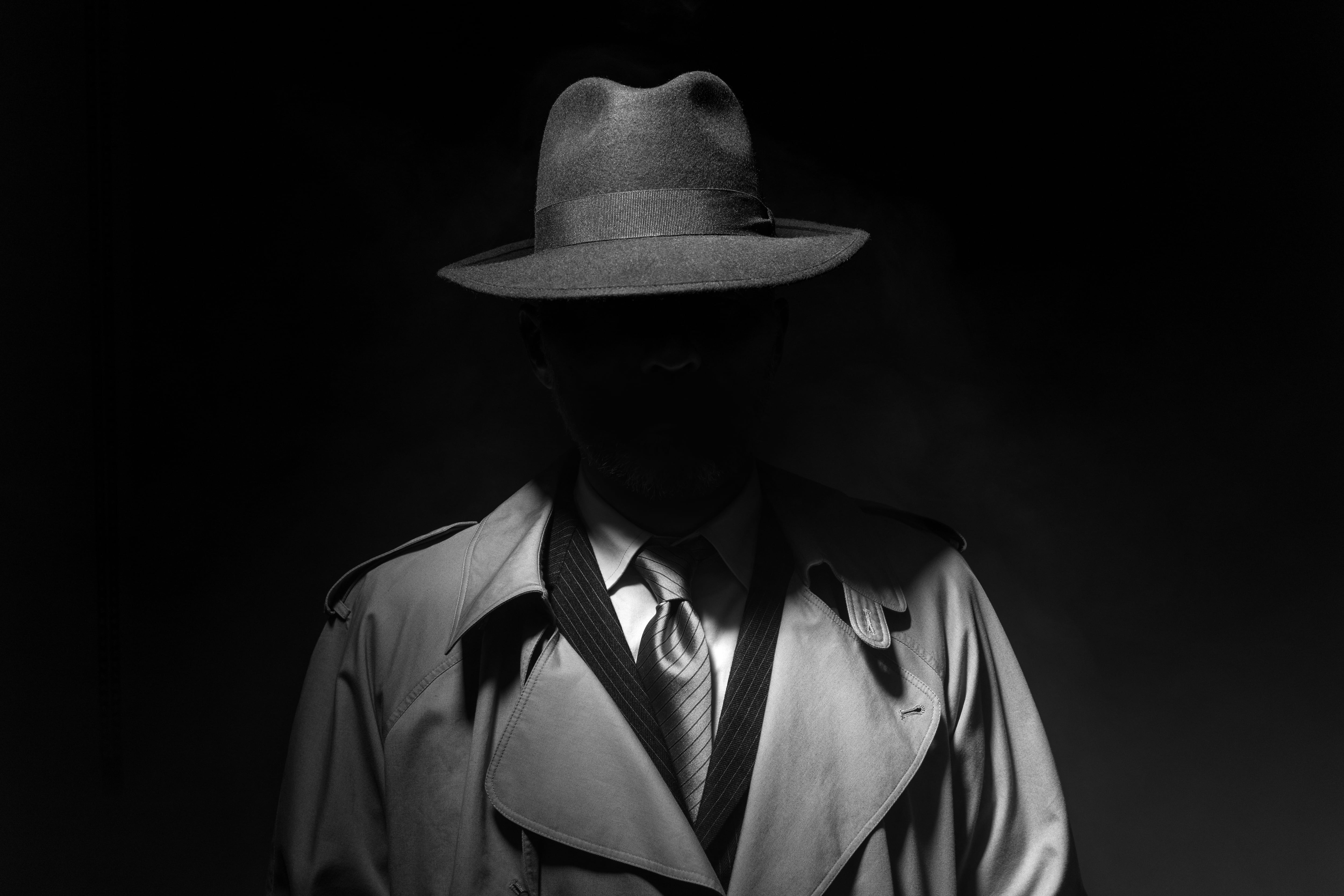Readers will be familiar with the traditional advice, in response to any request for directions in Ireland: “I wouldn’t start from here if I were you.”
But until recently, whenever taking the Howth Road out of Dublin, I always thought I was on safe ground starting at Fairview and turning left just after Marino Crescent.
Now I know better. It turns out that Howth Road is celebrating its bicentenary this year. And thanks to a pamphlet on the history of its constriction, I now belatedly realise that the road starts in London – a subject to which we’ll return later.
I was reminded of all this by an email on a different subject from a long-time correspondent, Donal Kennedy, who I happen to know is from Howth but has been exiled in London for decades.
READ MORE
He was responding to yesterday’s column, on the subject of a wake I attended in Cavan earlier this week and on wakes in general. And he has astonished me by writing this:
“A suburban Dubliner, I’ve never been at a wake. Nor was my mother, a city girl, born in 1901. Nor my father, born in Kilkenny City in 1899. So your column was a revelation.”
The revelation was mutual, clearly. My first reaction on reading Donal’s admission was: “Is that possible?” My second reaction was to ask a question that occurs with increasing frequency as I get older: “Am I weird?”
Wakes have always been such a natural part of life where I grew up – the South Ulster border region – that I find it hard to believe they could be beyond the experience of others from this island, even Dubliners.
Although that said, a certain female acquaintance of mine from Tipperary, with whom I discussed the subject briefly on Thursday, said something similar.
Noting the increased use of funeral homes where she comes from, she didn’t suggest we were weird, exactly. I think her exact phrase was: “Ye’re more traditional up there.”
Anyway, leaving wakes aside for now, Donal’s email also digressed to the subject of the way his parents pronounced placenames, closer to the Irish original.
Hence his mother’s tendency to call a certain north Dublin suburb “Rahany”, as everyone did “before elocution teachers misled their pupils”. Hence too his father’s memory, from years living in Cork, that the supposedly unlearned there always referred to a certain town north of the city as “Malla”.
Of his own home place, Donal reminds me that in the mouths of elders, it used to have two syllables: “Howeth”.
This was a nod to its Viking origins as Hoved, meaning “Head”. Which means of course that “Howth Head” is a tautology. But then maybe, as Horslips used to argue in the dancehalls of my youth, two heads are better than one.
On Howth Road’s bicentenary, it was another reader, Leo George Devitt, who sent me the potted history.
The road’s construction in 1823/24, by Scottish engineer Thomas Telford, arose from a combination of the need to improve access to London for Irish parliamentarians and of Howth’s temporary promotion as the terminus of the steam packet from Holyhead.
The frequent journeys made by Irish parliamentarians produced “constant irritation and complaint respecting the road through North Wales and the condition of the road from Howth to Dublin”.
Consequently, and 1819 Act of Parliament provided for construction of a bridge over the Menai Strait and a new road of 21 miles across the island of Anglesea.
On the Irish side of the sea, meanwhile, Telford’s contract was extended to be known as the “London – Holyhead – Dublin Road”.
The choice of Howth as packet terminus was greeted with horror in some circles.
One pamphleteer, no doubt a southsider, warned:
“Let any man of common sense travel the road from Dublin to Howth. Let Him there see what security he can find for his person or property in a dark night. He should have a troop of horse to guard him against land robbers; and at high water . . . he ought to have a gunboat sailing along the strand inside the North Bull to prevent sea pirates attacking him . . . "
Despite such misgivings, in August 1818, Howth did become the mail station for Dublin. The passage from Holyhead was an average of 15 hours, five hours shorter than the journey from Holyhead to the Pigeon House.
By 1822, steam-boats had cut the trip to under six hours. The boats had become larger, however, and when a number of hulls were damaged by Howth Harbour’s rocky bed, the station was abandoned in 1834.
“After the steam packet was transferred to Kingstown,” the pamphlet concludes, “Howth relapsed back into a pleasant fishing village, having gained a new harbour and a superhighway to Dublin.”
Another thing the village has achieved since then, perhaps ironically in light of Donal Kennedy’s email, is a worldwide fame for its association with the Irish wake.
Well, Finnegans Wake, anyway. James Joyce’s novel of the subconscious evokes among things other a dead giant laid out across north Dublin.
His feet are in Chapelizod; another part of his body (possibly affected by rigor mortis) doubles as the Wellington Monument; and his head is at – where else? – Howth.













